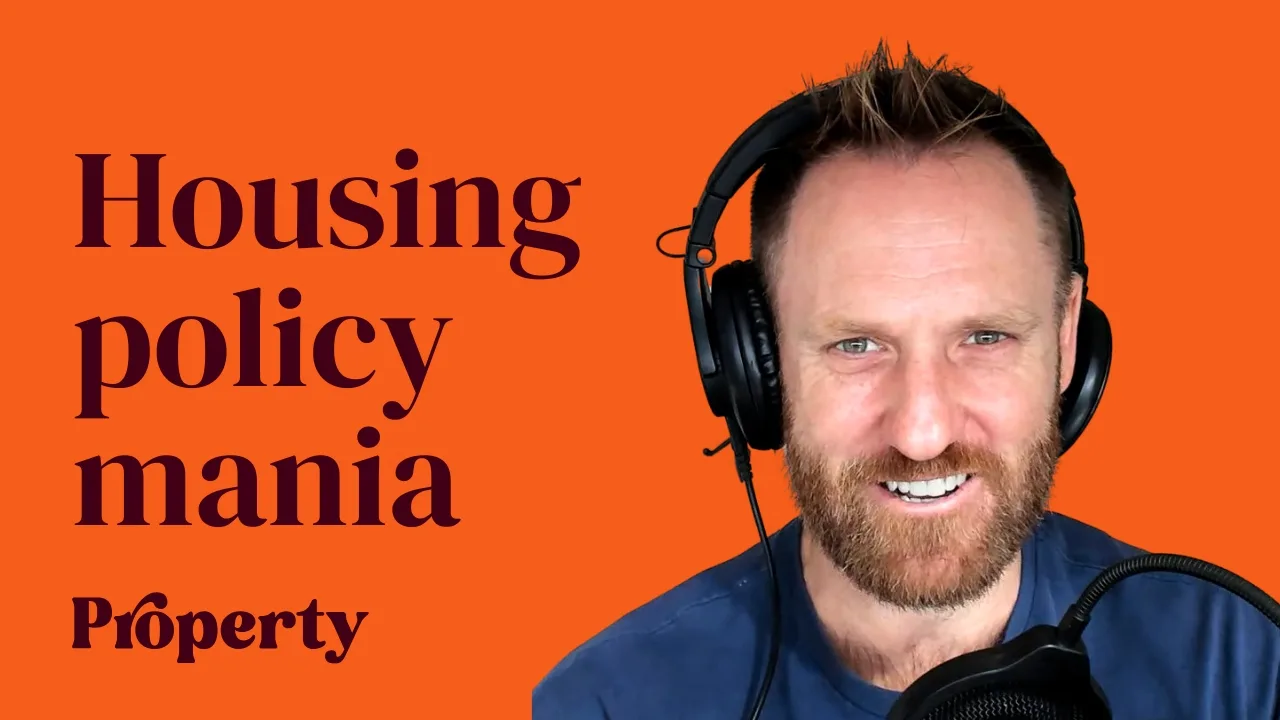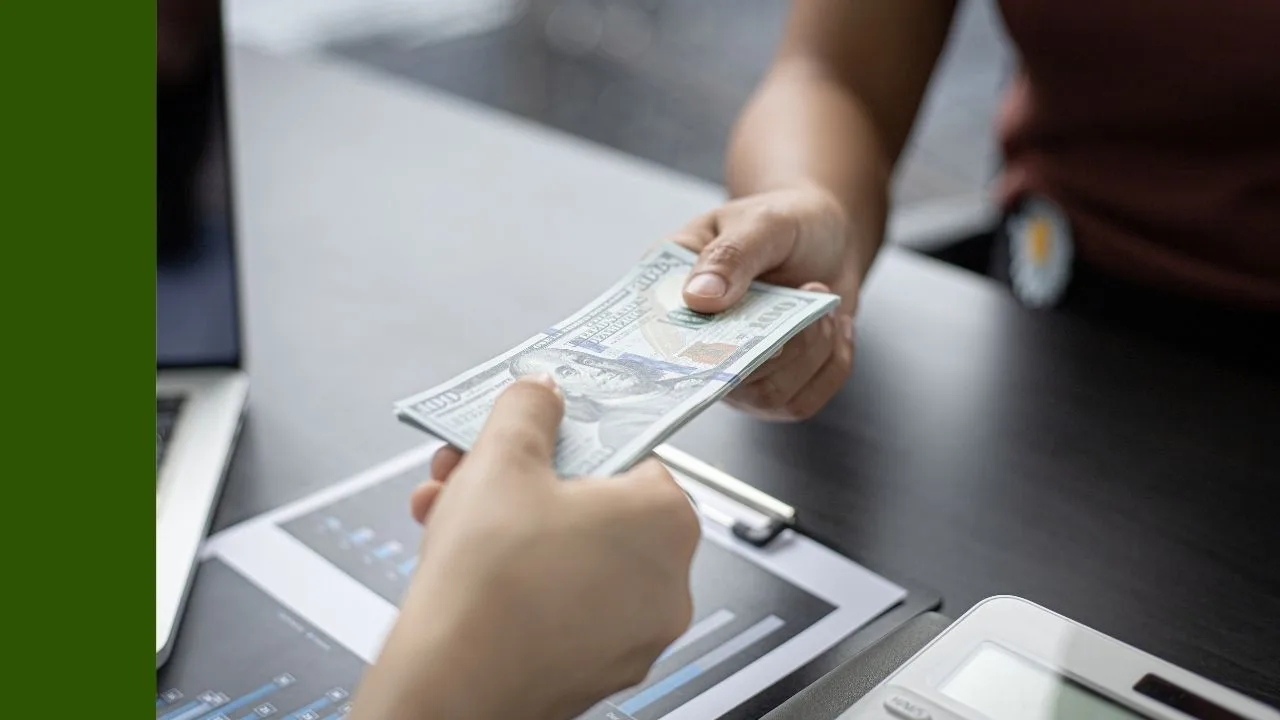There are plenty of ASX ETFs focused on the large end of the ASX, but are you better off investing in smaller shares through the likes of the iShares S&P/ASX Small Ordinaries ETF (ASX: ISO)?
What Are ETFs?
Exchange-traded funds or ETFs are investment funds that are listed on a stock exchange and provide exposure to a range of shares or assets with one purchase.
This Rask Finance video explains ETFs:
Small Ordinaries ISO ETF
The iShares S&P/ASX Small Ordinaries ETF or ISO moves away from shares of the largest companies on the ASX and instead holds companies numbered 101 to 300 by market capitalisation.
The ISO ETF aims to track the performance of the S&P/ASX Small Ordinaries Accumulation Index. The companies in the ETF range in market cap from tens of millions of dollars to several billion dollars.
There are plenty of familiar ASX 200 shares inside the ETF like Saracen Mineral Holdings Limited (ASX: SAR), Harvey Norman (ASX: HVN) and CSR (ASX: CSR).
Avoiding the largest ASX companies removes a lot of the exposure to the financial sector, making ISO’s three largest exposures to the materials, consumer discretionary and real estate sectors.
Over the last five years, the ISO has returned 7.31% year, but one of the most impressive features of this ETF is the dividends. The current 12-month trailing dividend yield is 7.34%, higher than any of the big four banks — even CBA (ASX: CBA) and NAB (ASX: NAB).
Fees & Risks
The ISO ETF charges a management fee of 0.55% per year, which is towards the high end for passive ETFs. This ETF would generally be considered riskier than an ASX 200 ETF, as smaller companies tend to be more thinly traded and less closely followed by analysts, which can lead to share prices that don’t accurately represent the fair value of a company.
ISO may also provide a high dividend yield at the expense of capital gains, with the share price down 3.1% over the last 12 months.
My Take
The dividend yield offered by the Small Ordinaries ISO ETF is attractive and I like the idea of reducing exposure to some of the largest companies on the ASX that are already covered by other ETFs and superannuation funds.
However, the low capital gains and high management fee, I think, offset these benefits. I would rather invest in our number-one ETF, which is profiled in the free investing report below.
[ls_content_block id=”14948″ para=”paragraphs”]
Disclosure: At the time of writing, Max does not have a financial interest in any of the companies mentioned.








